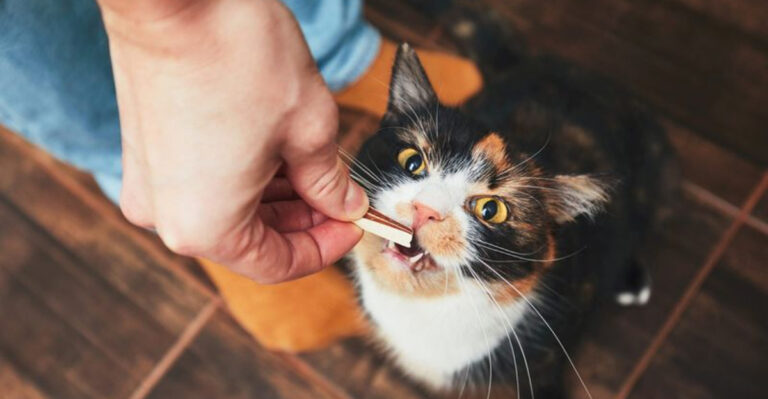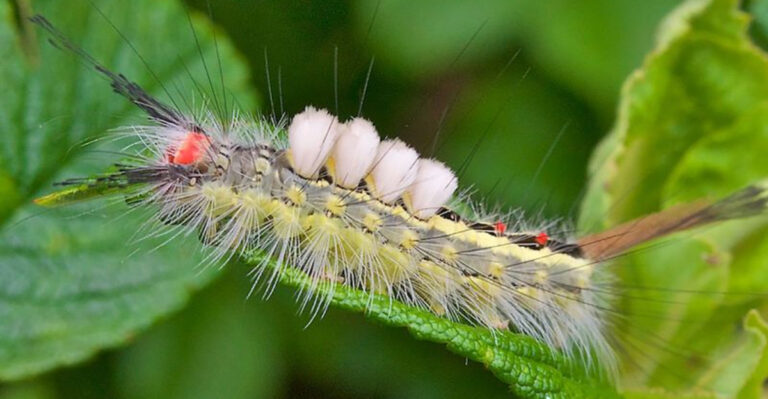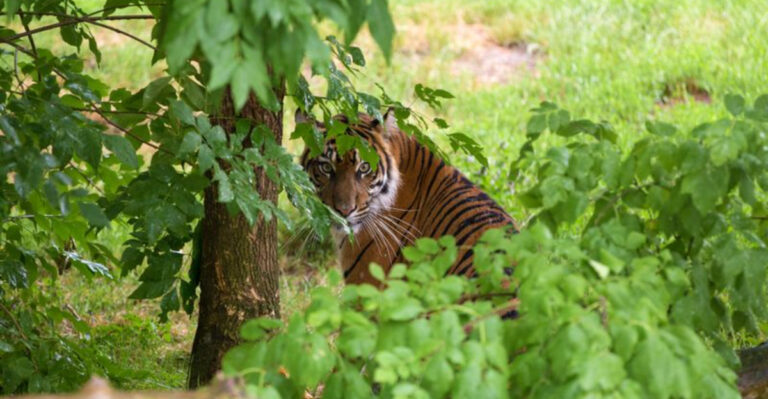What Do Hippos Eat? They’re Herbivores With A Carnivorous Twist

Hippos are fascinating creatures with surprising eating habits that often catch people off guard. These massive river giants are primarily plant-eaters, but their diet has some unexpected twists that might shock you.
Let’s explore what hippos really eat and why their feeding habits make them one of Africa’s most dangerous animals despite their vegetarian preferences.
1. Hippos Are Strict Herbivores
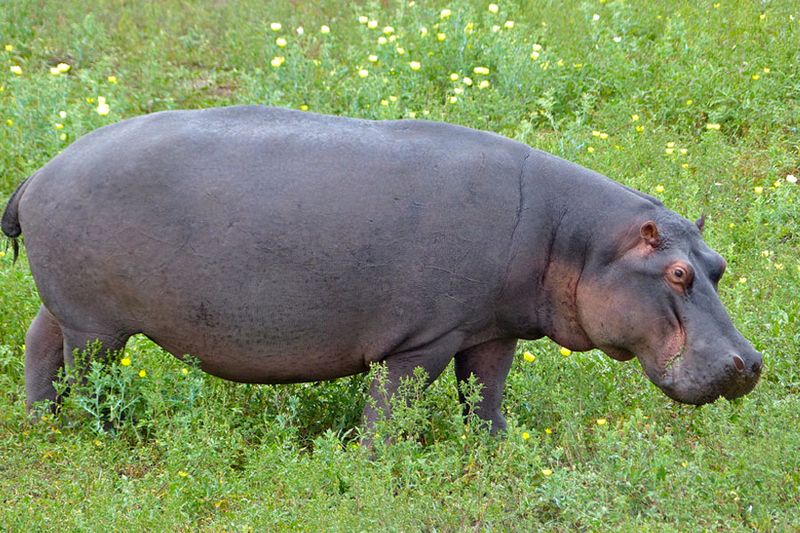
Contrary to what their enormous canine teeth suggest, hippos mainly munch on grass. Their powerful jaws aren’t for catching prey but for defending territory and fighting rivals.
A typical adult hippo consumes about 1-1.5% of its body weight in vegetation each night, focusing almost exclusively on short grasses.
2. How Hippos Graze At Night

Under the cover of darkness, these water-loving giants emerge from rivers and lakes to begin their feeding ritual. Following well-worn paths called “hippo highways,” they can travel up to six miles in search of suitable grazing grounds.
Solitary feeders by nature, hippos spread out to avoid competition with herdmates.
3. The Role Of Water In A Hippo’s Diet

Water serves as more than just a home for hippos—it’s essential for their digestive health. By staying submerged during hot days, hippos conserve energy they’ll need for nighttime grazing.
Their aquatic lifestyle also helps them maintain body temperature while their skin secretes a natural sunscreen that protects them when feeding.
4. The ‘Carnivorous Twist’ In Their Diet

Researchers have documented surprising instances of hippos scavenging on carcasses—even those of other hippos! This behavior typically occurs during food scarcity or drought conditions.
Though not true carnivores, hippos occasionally consume small animals, fish, and even practice cannibalism when stressed. This opportunistic meat-eating remains relatively rare but noteworthy.
5. Feeding on Grass—A Hippo’s Daily Routine
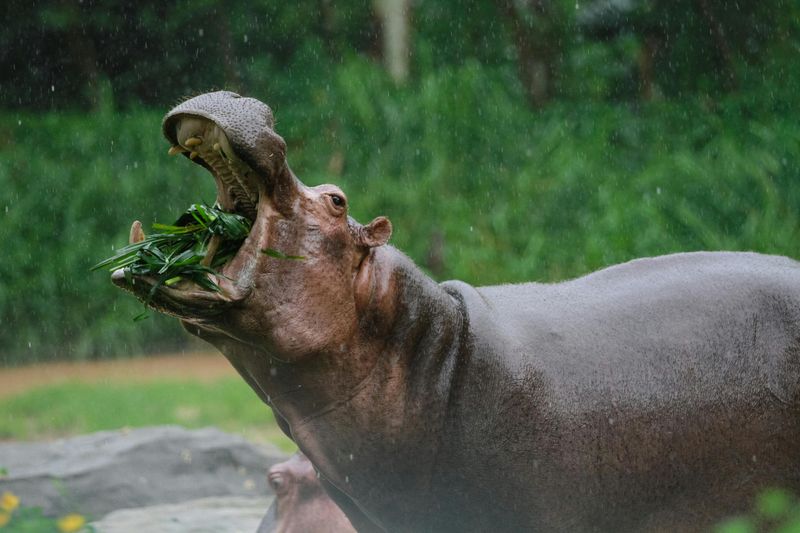
From dusk till dawn, hippos transform into eating machines. Their wide lips act like specialized lawn mowers, efficiently cropping grass close to the ground.
A single hippo can devour up to 80 pounds of grass in one night! Despite this impressive intake, they’re surprisingly selective, preferring certain grass species over others.
6. Why Hippos Prefer Grass Over Other Plants
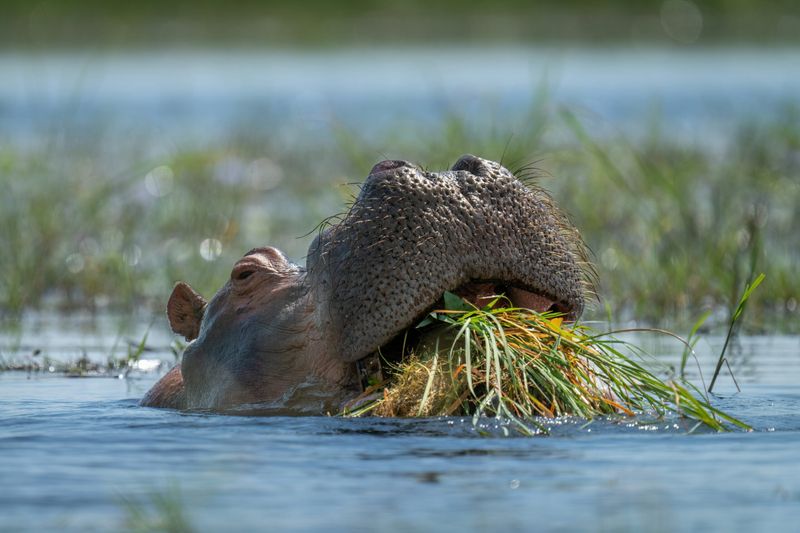
Short grasses offer hippos the perfect balance of accessibility and nutrition. Their low-set mouths are ideally positioned for grazing close to the ground rather than browsing on taller vegetation.
Grasses also provide crucial fiber that keeps their digestive system functioning properly. Young, tender shoots are particularly prized for their higher nutritional value.
7. Hippos’ Unique Digestive System
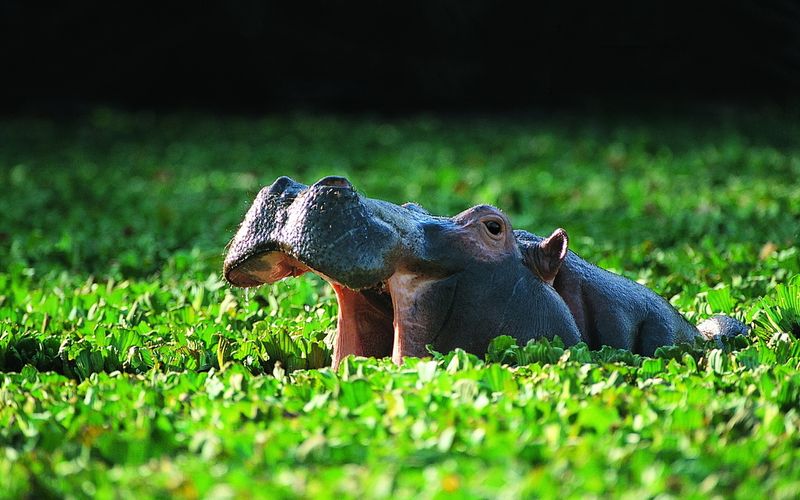
Unlike cows and other ruminants, hippos don’t chew cud. Their three-chambered stomach ferments grass through microbial action, extracting maximum nutrition from tough plant fibers.
Fascinating fact: hippos can’t digest cellulose directly—they rely on billions of gut bacteria to break down plant matter. This inefficient system explains why they must consume such large quantities.
8. Occasional Meat Eating: A Rare But Intriguing Behavior

Meat consumption among hippos remains controversial among scientists. Some view it as abnormal behavior triggered by nutritional stress, while others suggest it might be more common than previously thought.
When food sources dwindle during dry seasons, hippos have been observed eating everything from impala to crocodiles. This flexibility may be an evolutionary adaptation for survival.
9. Impact Of Hippos On Their Ecosystem
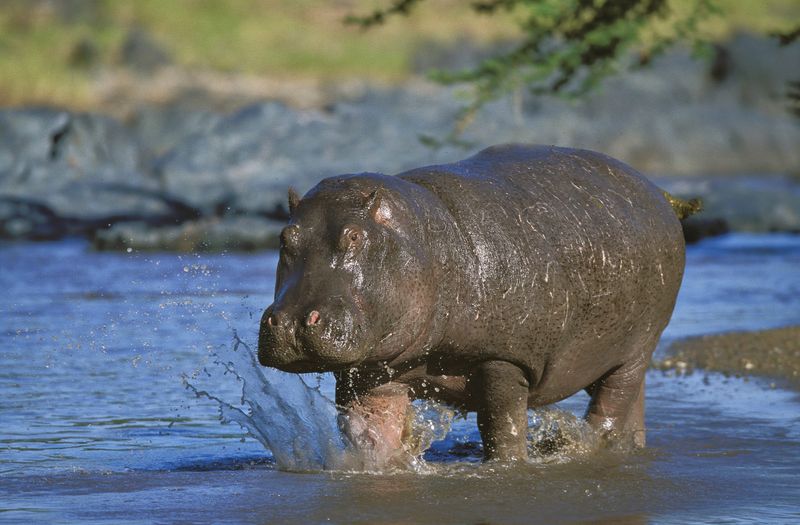
Hippo grazing creates and maintains short-grass lawns that benefit numerous other species. Their massive appetites prevent vegetation overgrowth around waterways.
Even more remarkable is how hippo dung fertilizes aquatic ecosystems! Their nighttime feeding and daytime defecation in water creates a vital nutrient transfer system that supports fish populations and river health.
10. Hippos And Their Adaptation To Semi-Aquatic Life

Eyes, ears, and nostrils positioned high on their head allow hippos to stay mostly submerged while remaining alert. This adaptation conserves energy during daylight hours.
Their semi-aquatic lifestyle creates a perfect balance: water provides protection from the harsh African sun while nighttime land excursions satisfy their enormous appetite for grass.
11. Hippos’ Territorial Feeding Behavior
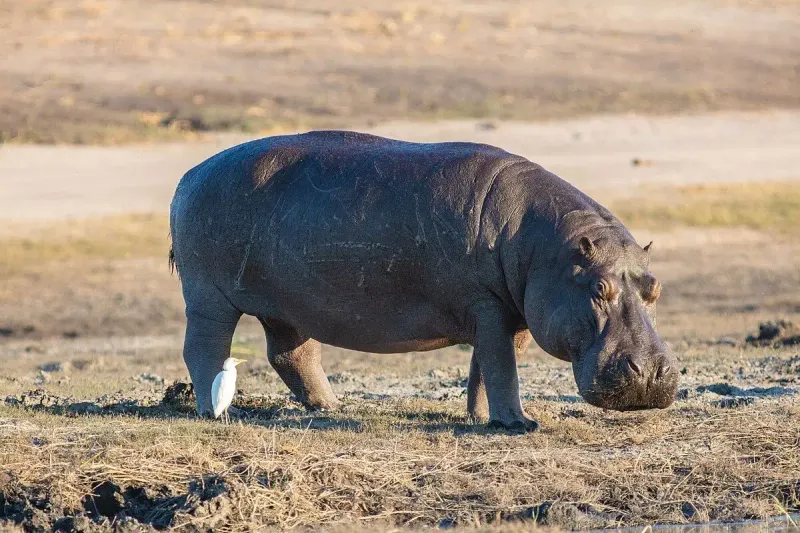
Male hippos fiercely guard prime grazing territories, especially during dry seasons when food becomes scarce. These feeding grounds often connect to their aquatic domains via well-established paths.
Females and young hippos typically feed in groups for protection, while dominant bulls may graze alone. Territorial disputes over feeding areas frequently lead to violent confrontations.
12. The Energy Demands Of A Hippo’s Diet
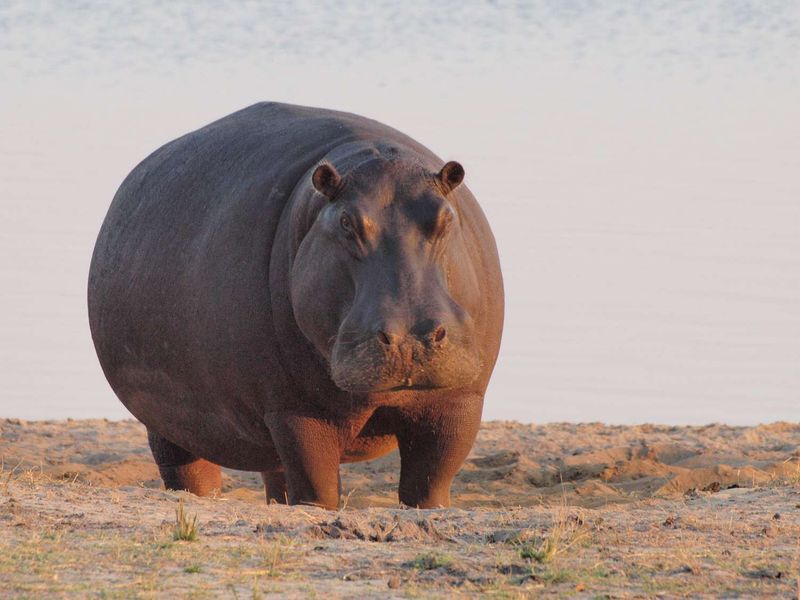
Surprisingly, hippos maintain their massive 3,000+ pound frames on a relatively low-calorie diet. Their sedentary daytime behavior helps conserve energy obtained from fibrous grasses.
Their digestive efficiency compensates for grass’s low nutritional value. By fermenting plant material for extended periods, hippos extract maximum energy from each bite of their seemingly modest meals.
13. Seasonal Changes In A Hippo’s Diet

During rainy seasons, hippos enjoy abundant fresh grass and can afford to be selective about what they eat. Come dry periods, they become less picky, consuming coarser vegetation and traveling farther from water.
Some populations adapt by eating aquatic plants when terrestrial options diminish. This flexibility allows hippos to survive in environments where food availability fluctuates dramatically.
14. Why Hippos Are Considered Dangerous Despite Being Herbivores

Don’t let their plant-based diet fool you—hippos kill more humans in Africa than any other large animal! Their aggressive temperament stems from territorial defense rather than predatory instincts.
When humans inadvertently block access to water or feeding grounds, hippos respond with shocking violence. Their massive jaws can snap a canoe—or person—in half with terrifying ease.


